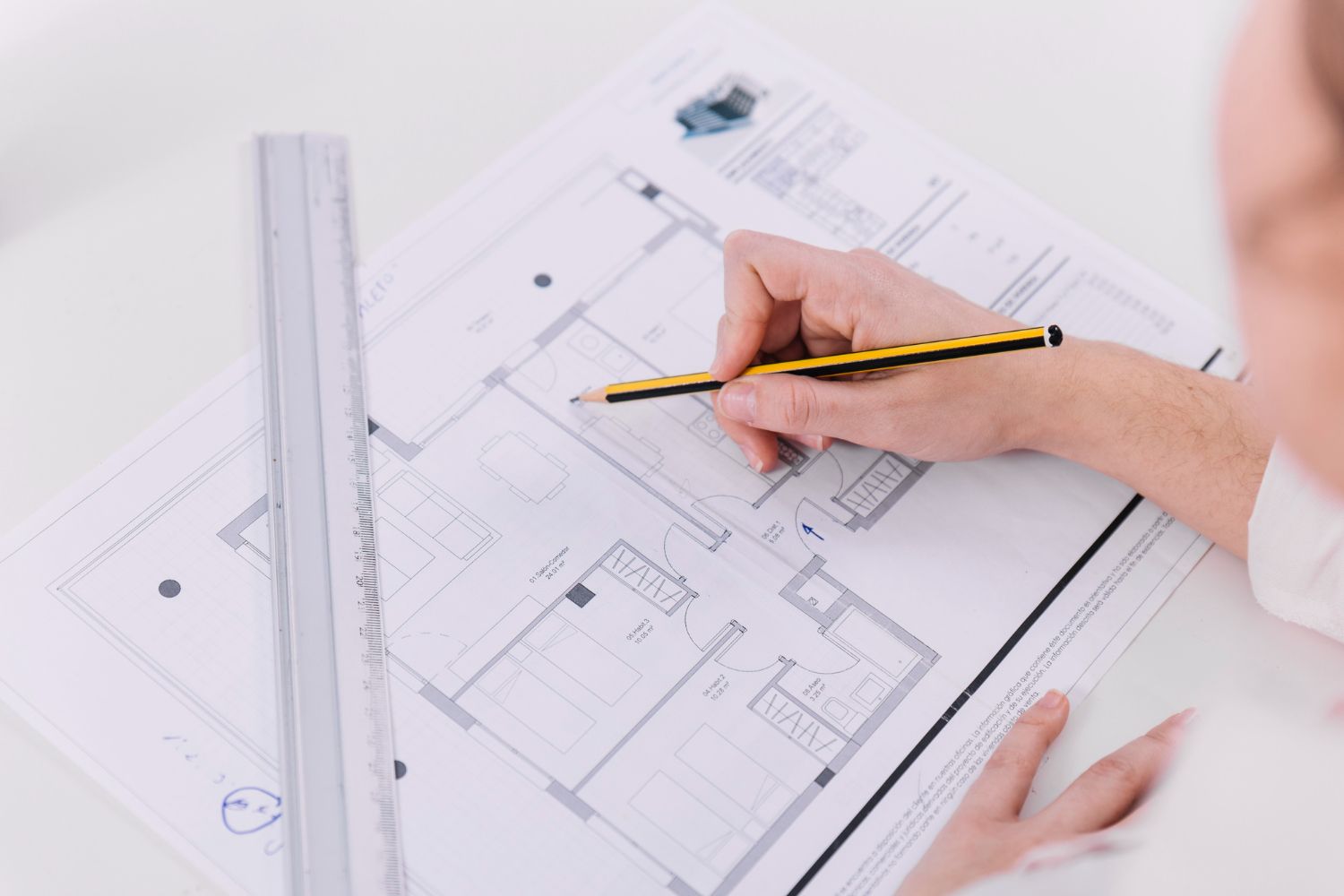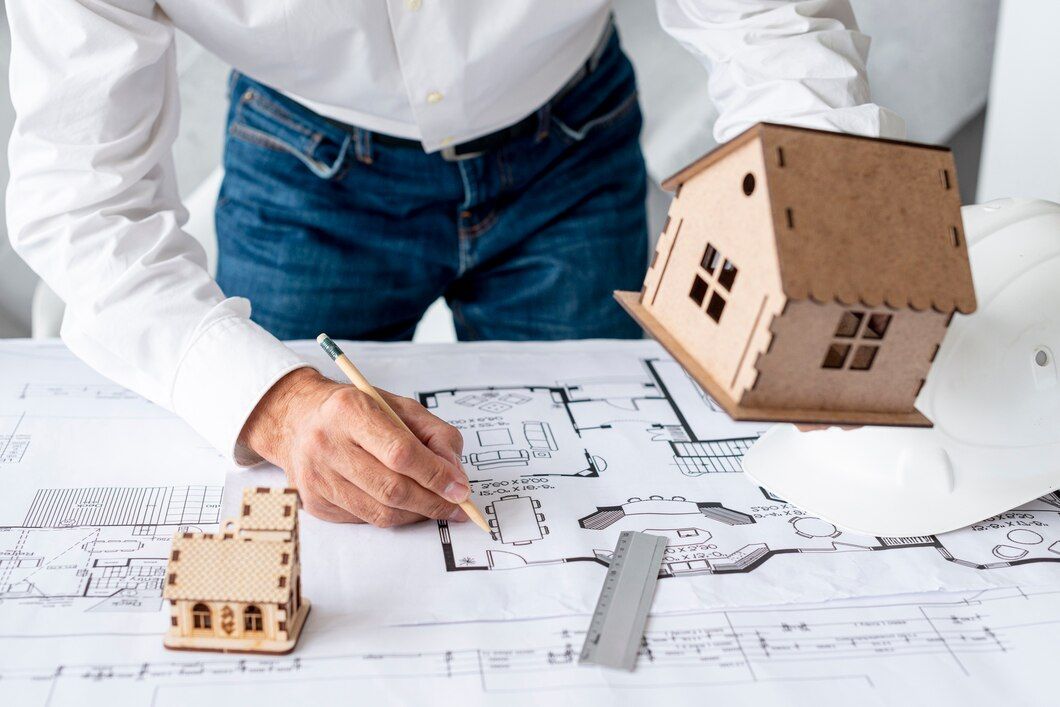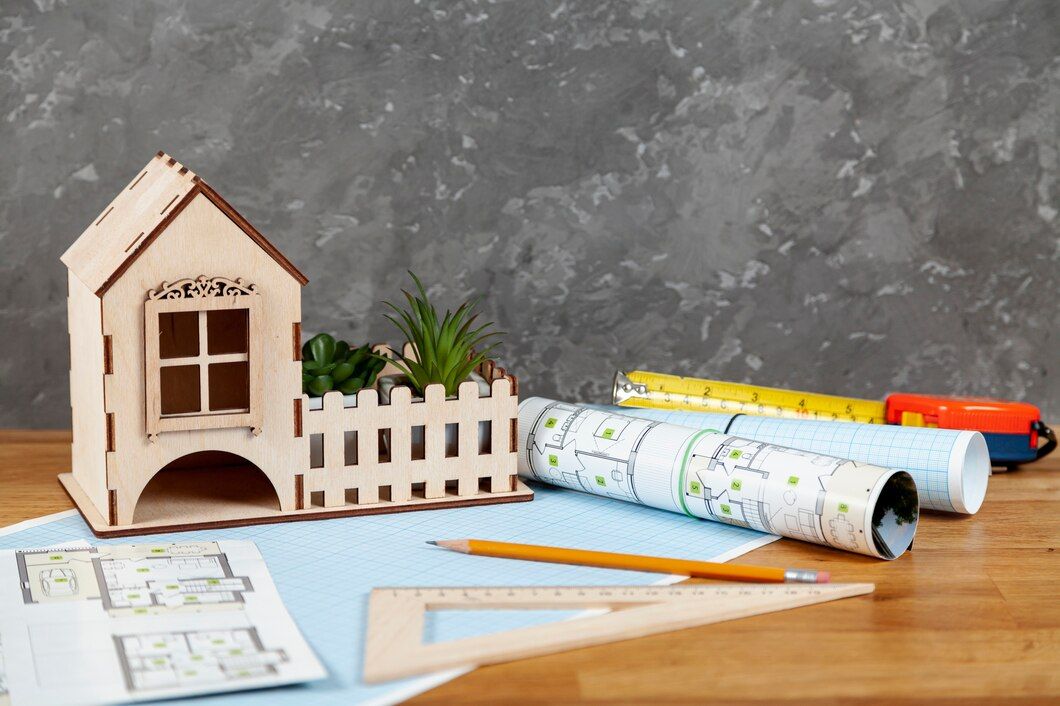Budgeting Tips for New Home Construction
Building a new home is an exciting adventure, yet it requires careful financial planning to ensure the project stays within budget. From estimating costs to managing unexpected expenses, a well-thought-out budget is essential for turning your dream home into a reality without breaking the bank. The process can seem overwhelming, but with the right tips and strategies, you can navigate it smoothly.
Setting a realistic budget is the first step. This involves identifying all potential costs, including materials, labour, permits, and unexpected expenses that could arise. Prioritizing key features and must-haves can help you make informed decisions about where to allocate your funds. Financial planning also includes exploring various funding options to support your project, ensuring you have the necessary resources to complete your build.
Budgeting doesn’t stop once construction begins. Actively managing and tracking expenses, seeking cost-effective materials, and leveraging discounts can help you control costs throughout the project. Additionally, planning for future expenses, such as maintenance and potential upgrades, will prepare you for any financial surprises down the road. By following these budgeting tips, you can build a high-quality home that meets your needs without compromising your financial stability.
Setting a Realistic Budget for Your Home Construction
When setting a budget for your home construction, it’s crucial to estimate both the obvious costs and any unexpected expenses. Start by calculating the basic costs such as land, materials, and labour. Make sure to include fees for permits, inspections, and any necessary utility hookups. Don’t forget to add a cushion—typically 10-20%—for unforeseen expenses like weather delays or discovering issues on the construction site.
Prioritizing key features and must-haves is another important step in budgeting. Decide what elements of the home are non-negotiable for you and allocate funds accordingly. This could be a high-end kitchen, an energy-efficient HVAC system, or smart home technology. By establishing these priorities early, you can allocate your budget to areas that matter most, and make cuts in less critical areas if needed.
Financial planning and securing funding are also critical components of the process. Consult with your bank or a financial advisor to understand your financing options, whether through construction loans or mortgages. Pre-approvals can give you a clear picture of how much you can afford to spend. It’s also wise to review your financial health—ensure you have a good credit score and a manageable debt-to-income ratio to secure the best loan terms.
Cost-Saving Tips and Strategies
Choosing cost-effective materials can make a significant difference in your overall construction budget. Look for high-quality, durable materials that are within your price range. Reclaimed wood, recycled metal, and other sustainable options can offer both cost savings and environmental benefits. Comparing prices from multiple suppliers can also help you find the best deals without compromising on quality.
Efficient project management is another key strategy for saving costs. An experienced project manager can streamline the construction process, avoiding delays and minimizing waste. Proper planning and scheduling ensure that each phase of the project progresses smoothly, reducing the chances of unexpected expenses. Keeping clear communication with all involved parties helps prevent misunderstandings and mistakes that could lead to costly revisions.
Leveraging discounts and deals is a practical approach to cutting costs. Many suppliers offer bulk discounts or seasonal sales, allowing you to purchase materials at a lower price. Be proactive in asking about deals and negotiating for better rates. Signing up for newsletters or loyalty programs from hardware stores and suppliers can also give you access to exclusive discounts and promotions. Using these strategies effectively can significantly reduce your construction expenses while maintaining the quality of your new home.
Managing Construction Expenses
Tracking and monitoring spending are essential for keeping your construction project on budget. Maintain a detailed record of all expenses, including receipts and invoices. Regularly compare your actual spending to your budget estimates to identify any discrepancies early. This allows you to make necessary adjustments before costs spiral out of control. Using budgeting software or apps can help streamline this process and provide real-time updates on your financial status.
Avoiding common financial pitfalls is crucial for staying on budget. One common mistake is underestimating the cost of labour and materials, which can lead to budget overruns. Make sure your estimates are as accurate as possible and include a buffer for unexpected expenses. Also, avoid frequent changes to the project scope, as these can lead to additional costs and delays. Sticking to the initial plan helps keep your spending in check.
Working with reputable contractors can also save you money in the long run. Experienced contractors are more likely to complete the job on time and within budget. They can also help source materials at better prices and provide valuable advice on cost-effective solutions. Before hiring, check references and reviews to ensure you are working with a trustworthy professional.
Planning for Future Costs
Maintenance and upkeep budget are essential considerations for any new home. Start by listing the regular maintenance tasks your home will require, such as HVAC servicing, roof inspections, and landscaping. Estimate the annual costs for these tasks and set aside funds to cover them. This preventive approach can help you avoid more significant and costly repairs down the line.
Potential upgrades and renovations should also be part of your financial plan. Even if you don’t intend to make immediate changes, it’s wise to budget for future improvements. This could include kitchen remodels, bathroom upgrades, or adding new rooms. Planning for these expenses allows you to make upgrades as needed without straining your finances.
Creating an emergency fund for the unexpected is another smart financial strategy. Unforeseen issues like plumbing problems, electrical faults, or natural disasters can arise, and having a dedicated fund can help you handle these emergencies without disrupting your budget. Aim to set aside at least 3-6 months’ worth of living expenses to cover any unexpected costs that may occur.
Conclusion
Managing the financial aspects of new home construction can be challenging, but it’s essential for a successful project. By setting a realistic budget, being mindful of costs, and planning for future expenses, you can ensure your new home meets your needs without breaking the bank. Remember to track your spending, avoid common pitfalls, and work with reputable contractors to keep your project on track.
At New Victorian Homes, we understand the importance of smart financial planning and are here to help you every step of the way. Contact New Victorian Homes today to start planning your dream home that fits your budget and exceeds your expectations. Let us guide you to a beautiful, well-planned home that you and your family will cherish for years to come.










